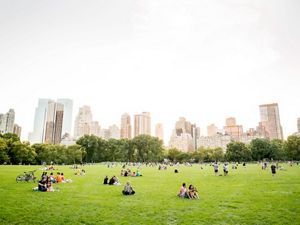
Adopt a Catch Basin
A volunteer program to create a healthier Paterson by reducing street flooding.
The Adopt a Catch Basin Project unites the knowledge and experience of The Nature Conservancy and Great Swamp Watershed Association with the passion of local volunteers to make Paterson cleaner, safer, and more beautiful.
With support from NJCF Franklin Parker Small Grants Project, GSWA and TNC have teamed up to grow our Adopt a Catch Basin Program in Paterson. Cleaner catch basins can help to reduce localized flooding and keep plastics and debris out of our stormwater.

What is a Catch Basin?
A catch basin is a drain with the sole function of collecting storm water from streets and transporting it to local underground waterways.
When it rains (or snows), storm water runoff carries litter, debris and other pollutants to catch basins on the street. Unfortunately, during heavy precipitation events, litter and debris can overwhelm the catch basins, sending pollutants into the storm water sewer system and eventually into our waterways. This litter can clog drains, flood local streets and fill the roadways with trash.
Why is it important to keep catch basins clean?
It is important to maintain catch basins to minimize the amount of pollutants going into the storm sewer and to prevent storm sewer blockage. Cleaning the area around your catch basin beautifies the area while allowing storm water to flow freely.
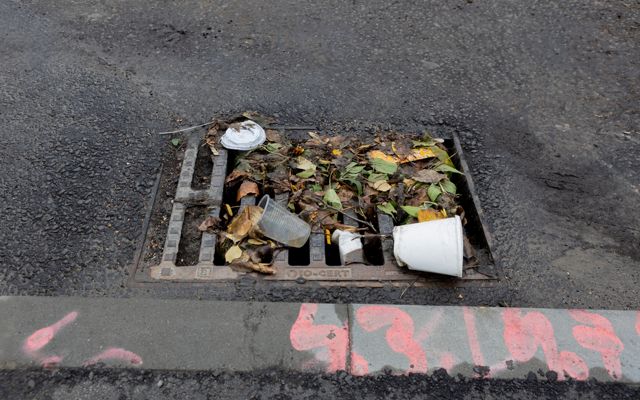
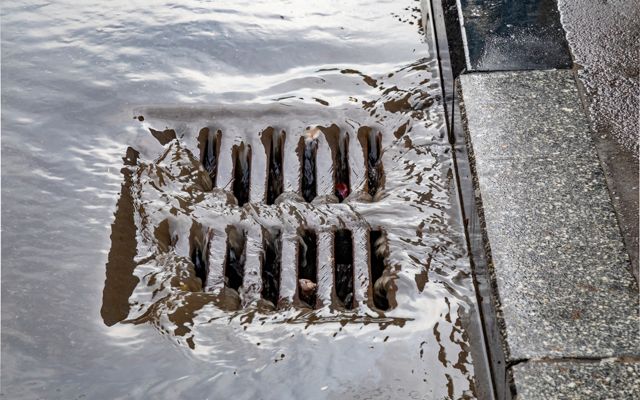
How to Adopt a Catch Basin
You can help make Paterson cleaner, safer and more beautiful. Join our dedicated group of volunteers.
-
Select a Catch Basin Near You
Take note of the catch basins near your home, workplace, school, or house of worship on your next walk or drive through your neighborhood. Explore our map to view priority catch basins throughout Paterson. These are priority locations identified by GSWA staff where additional volunteer support would be especially useful. View the map of priority catch basins.
-
Complete the Catch Basin Adoption Form
This form will allow you to tell us which catch basin you adopt, and what you would like to name it. A one year minimum commitment is expected from volunteers who adopt a catch basin. Complete the Adoption Form.
-
Pick Up Your Catch Basin Care Kit
Catch Basin Care Kits will be available at our kickoff event, and through pickup while supplies last. Each kit will include: a reflective safety vest, 12 trash bags and 12 recycling bags, 12 pairs of disposable gloves, 1 pair of reusable gloves, and 1 trash picker. Get started today.
-
Create Your Catch Basin Cleaning Schedule
THANK YOU! You have officially adopted a Paterson Catch Basin. Please commit to clearing debris out of your adopted catch basin before and after every precipitation event (rain, snow, or sleet). Update your monitoring log with notes and photos to stay organized and share your progress. Access your online monitoring log.

How to Clean Your Catch Basin
A step by step guide to monitoring and maintaining your catch basin.
-
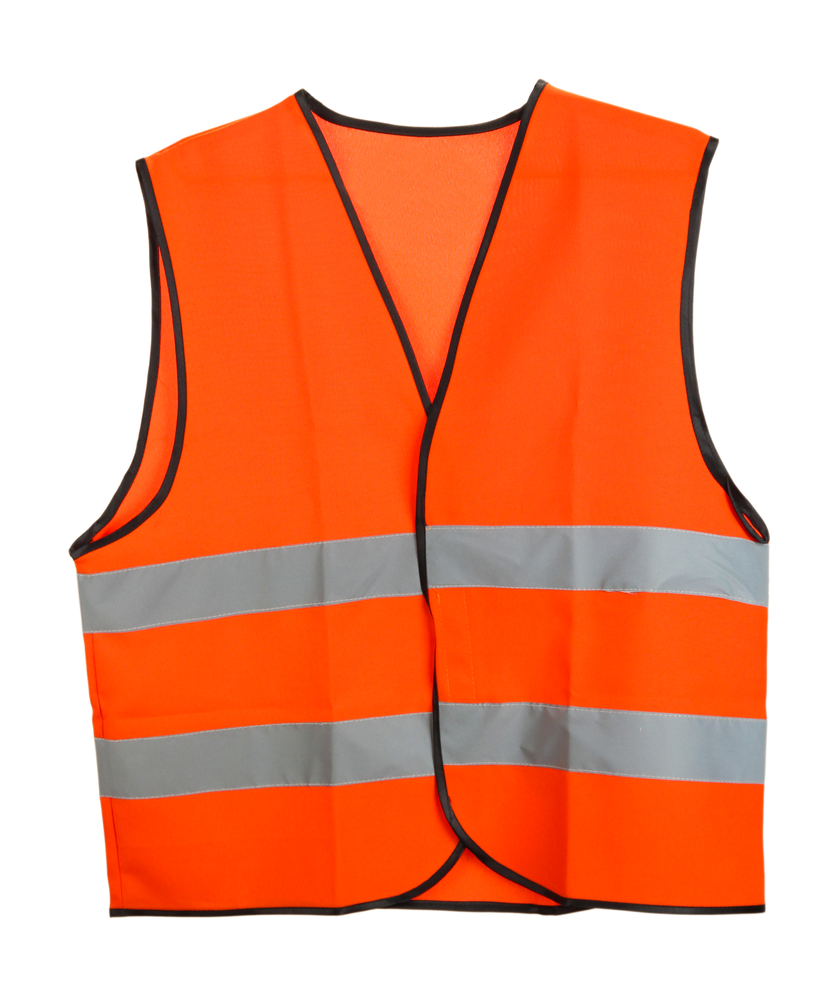
Safety
The reflective safety vest provided must be worn at all times during cleaning and monitoring. Always clean your catch basin from the sidewalk area.
-

Schedule
Monitor and clean your catch basin regularly (weekly, biweekly or monthly) and after storm events.
-
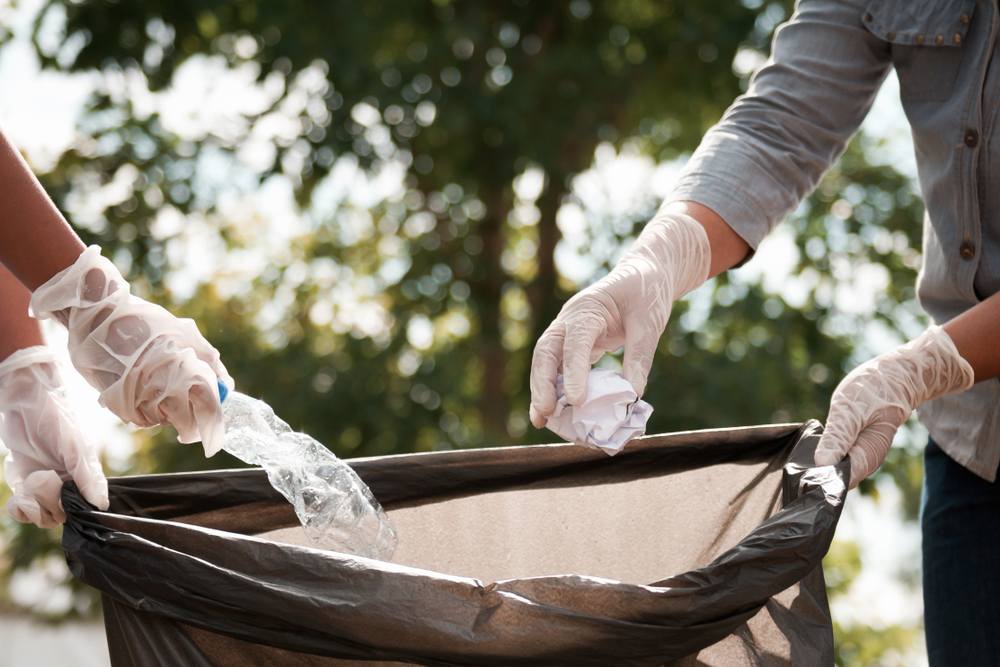
Cleaning and Sorting
Use the trash picker provided to clear catch basin opening of debris. Use two separate bags for trach and recyclables and dispose of them in your household receptacles.
-

Reporting
Update your online catch basin monitoring and maintenance log and report back any changes in area, problems with cleaning the catch basin and other relevant information. You can even upload photos!
Frequently Asked Questions
What is a storm event?
A storm event refers to any part of the day or night when there is precipitation.
Can I adopt multiple catch basins?
Yes! We encourage adopting multiple catch basins. One kit will be provided per household/family.
How do I know when to clean my catch basin?
Whenever trash or debris has accumulated around your catch basin. We recommend setting a regular time to check. You should also clean your catch basin before and after any storm events.
Will I get a new catch basin kit if I lose mine?
No, supplies are limited so we kindly ask volunteers to take good care of their kits.
How long is the commitment?
We request a year long commitment. However, if you can no longer be committed to your catch basin you can contact your Adopt a Catch Basin liaison.
Urban Conservation in New Jersey
The Nature Conservancy is working in two of New Jersey's largest cities to increase community resilience in the face of climate change.

